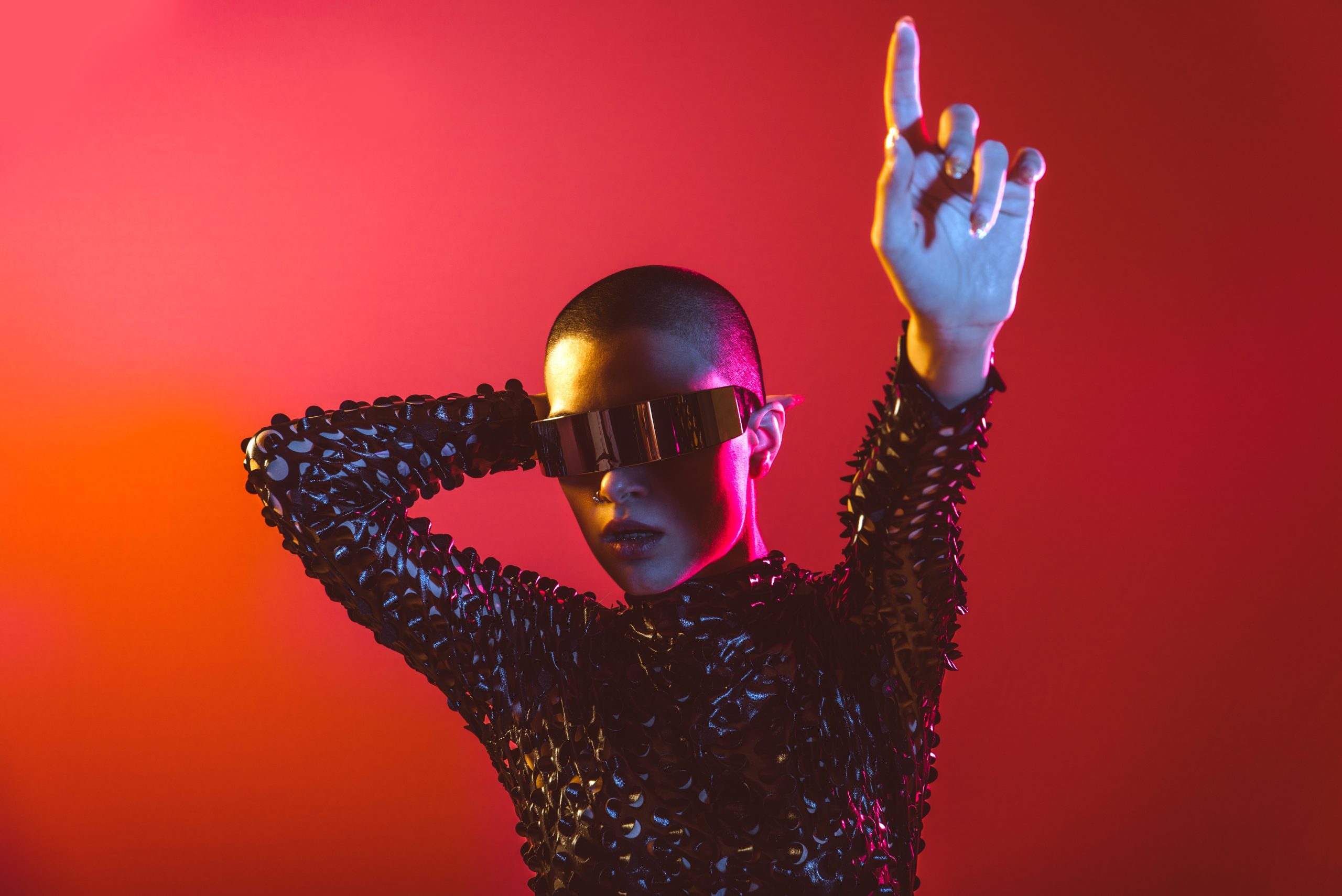
POC Virtual Influencers Need a POC Voice
Do you know if the influencers you see littering your Instagram or TikTok feeds are real people? Virtual influencers (VIs), a mix of 3D rendering and animation, are hyper realistic characters that look, act, and speak like your everyday brand ambassadors — but they’re not. These perfectly curated personas meant to connect with consumers to better represent a brand image are the future of PR, but they come with controversy.
The Commodification of Black Women, Real and Virtual
Take Shudu Gram, for example, the first digital supermodel created by The Diigitals, a PR company that specializes in VIs. Fabricated by photographer and designer Cameron-James Wilson in 2017, Shudu is intended to represent a woman in her mid-20s from South Africa, with one of her first posts depicting her wearing the gold neck rings of the Ndebele people and featuring a Black fist emoji in the caption to honor Black pride. The catch? Wilson is a British white man and the sole voice of Shudu in the first few years of her existence.
Wilson’s intent with creating Shudu represents the commodification of women of color, particularly Black women, which we already see in the fashion and luxury industry of the physical world. Even with the respect put into Shudu’s origins, it does not go unnoticed that her creator and “manager” is a white man, especially with the target audience of the Black model being fellow Black women and other women of color. In a 2018 interview with Harper’s Bazaar, Wilson said, “there’s a big kind of movement with dark skin models, so she represents them and is inspired by them.” In fact, the first three VIs Diigitals made were all Black. It took Ama Badu, writer and journalist, to reach out to Wilson and request that Shudu have an authentic connection to Blackness.
POC Virtual Influencers Need a POC Voice
In order for a VI to genuinely connect with an audience, it must go beyond simply mimicking real human interactions and experiences – it has to be authentic. All PR companies and brands can take note of Badu’s proactivity. Wilson’s response was to team up with model Misty Bailey to better represent Shudu’s figure and skin tone, elevating the rest of Shudu’s campaigns to appear more realistic and authentic. More importantly, women of color can now relate to Shudu’s voice because she is represented by a real Black woman who can speak on Blackness and the advertisties they face. In a time where cultural sensitivity is a priority for consumers, it is crucial for representation to be done right.
If, similar to Digital, a PR company invests in a VI and creates a person of color, then the company must also invest in a team or counsel consisting of the ethnicity and culture it is trying to represent. Just as a company would bring in external counsel to tackle a new targeted region or country, having a team that can adeptly speak for the VI is crucial for success. In addition, a counsel allows for the company to avoid repeating past mistakes like Gucci’s blackface jumper given the option for more checks and balances.
Authenticity vs. Rendering – Where Should You Be Investing?
VIs benefit brands in that they are easily managed, manipulated, and fresh. One of the first VIs, Miquela Sousa aka Lil Miquela, popped up in 2016 and established her later-revealed PR company Brud as an innovator in the industry. Since her foundation, Miquela’s branding has been social activism, leading her to partner up with environmentally-conscious and luxury companies. Her success demonstrates that, with the proper persona, a VI can fit into any category and connect with any audience.
And in the case of POC VIs, a proper persona is that which is properly represented.

